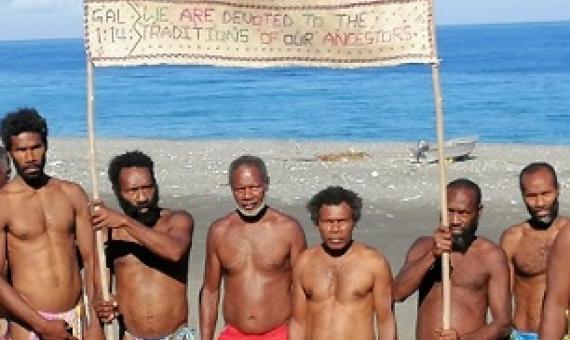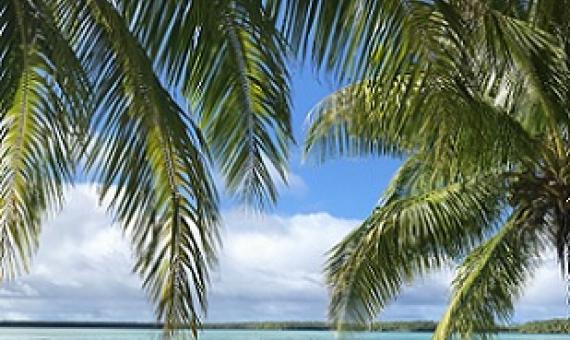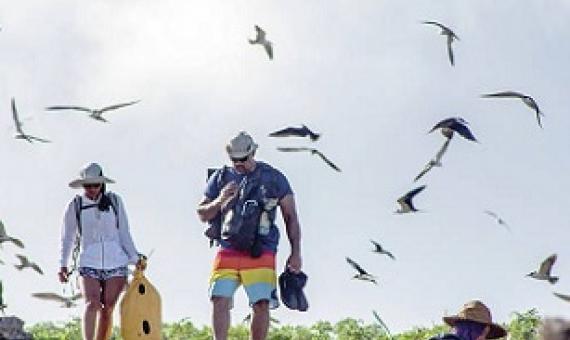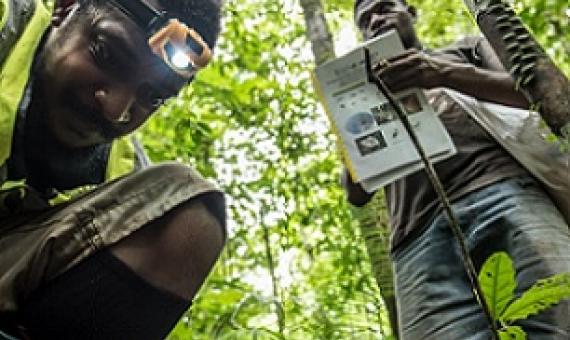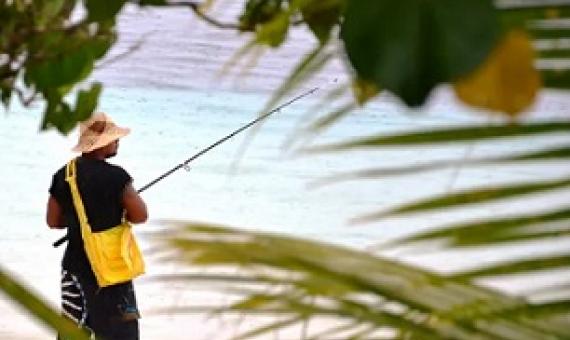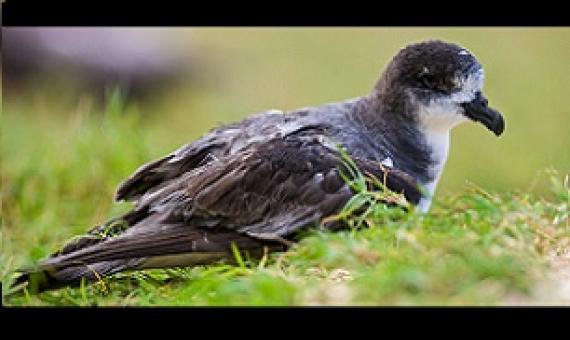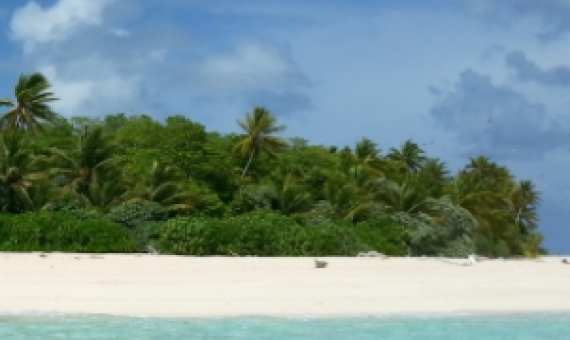Using Samoan traditional ecological knowledge to identify calls of the critically endangered endemic tooth-billed pigeon (Didunculus strigirostris)
The tooth-billed pigeon (Didunculus strigirostris) is an endemic and highly cryptic bird of the rainforest canopy of Samoa. According to the recently released Tooth-billed Pigeon Recovery Plan (2020–2029), one of the greatest obstacles to conservation efforts is the inability of ornithologists to reliably separate its advertising coo call from that of the common and sympatric Pacific imperial pigeon (Ducula pacifica).

